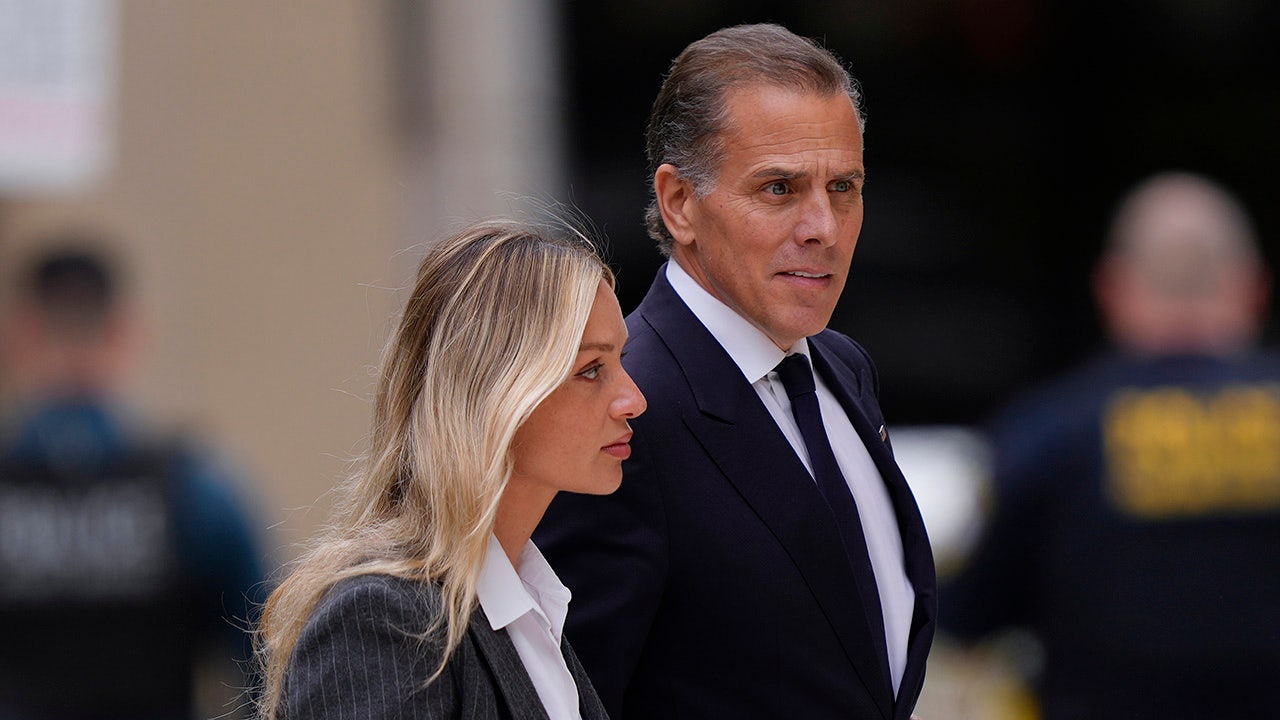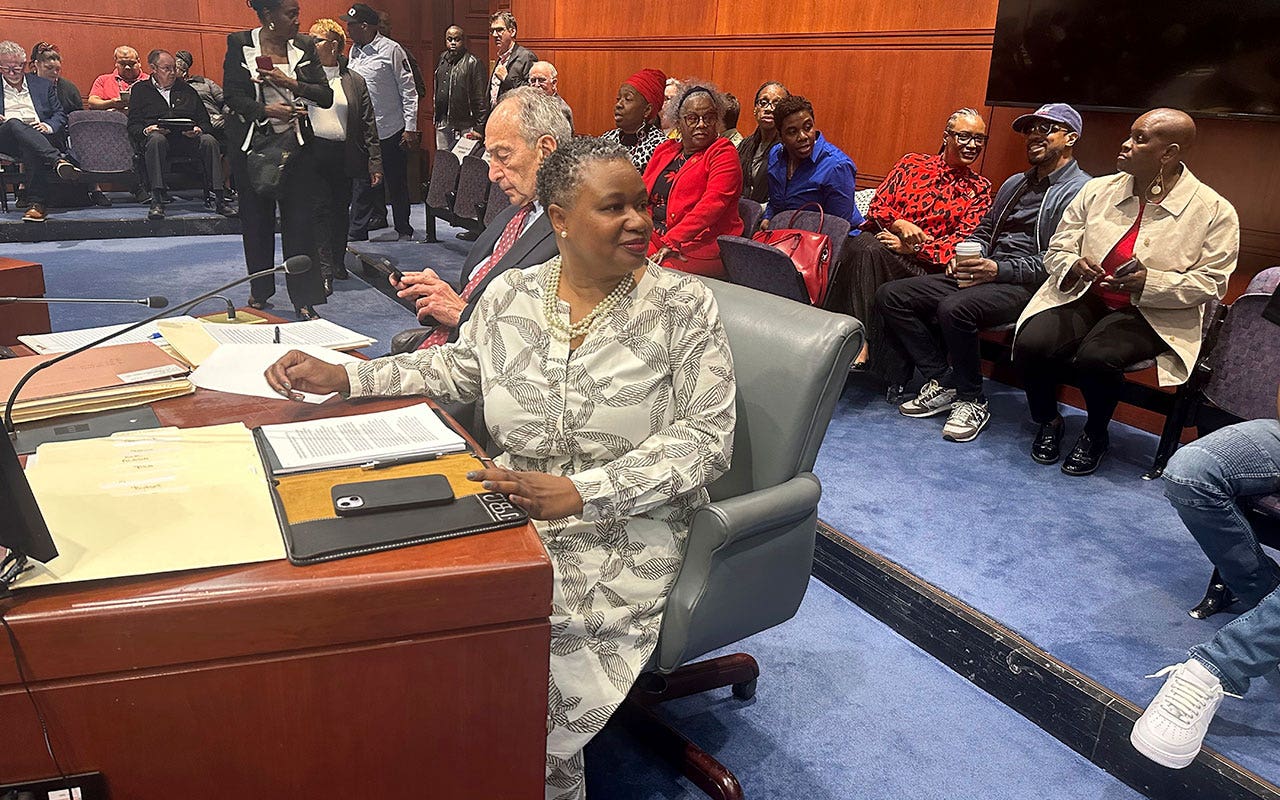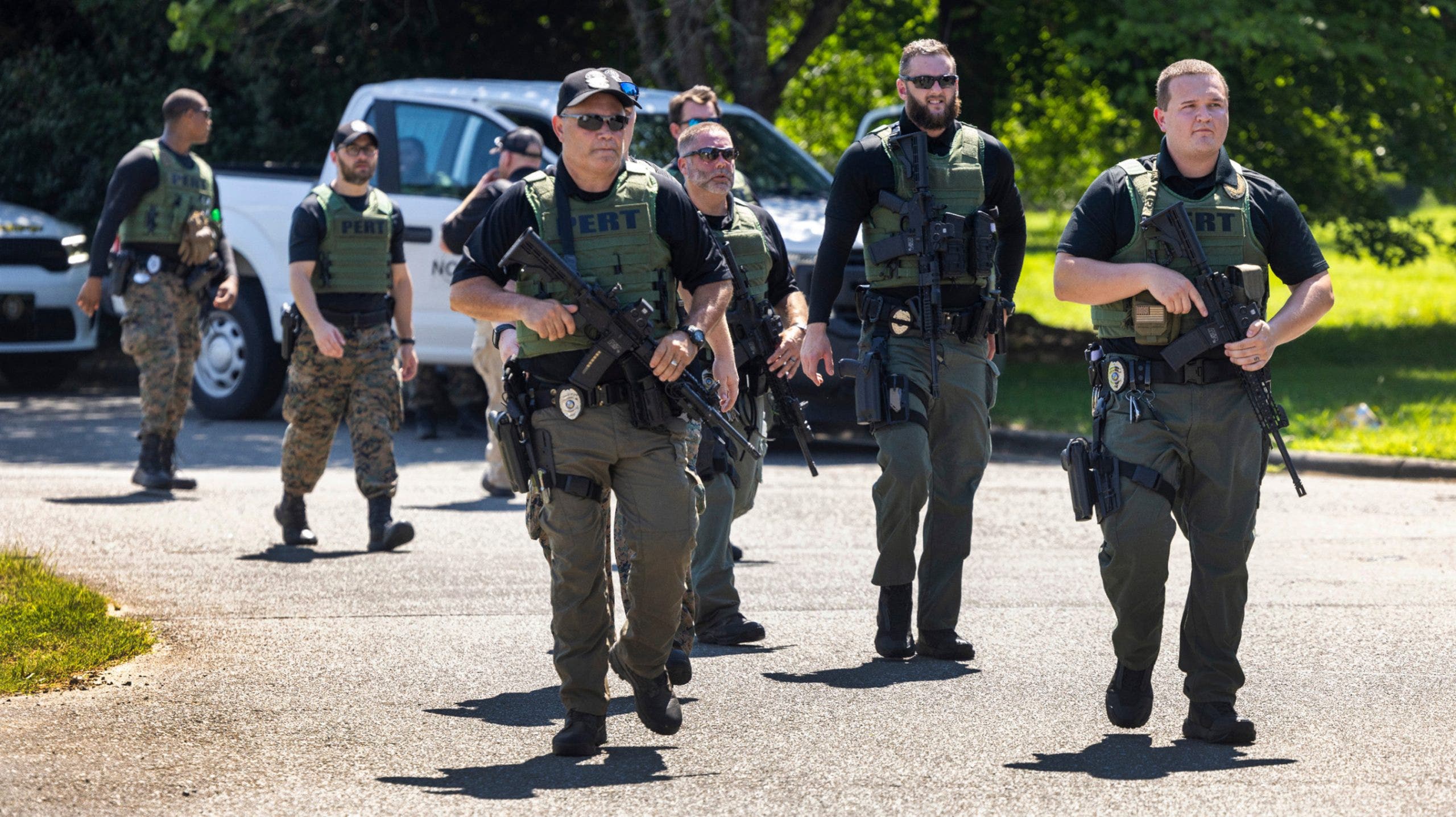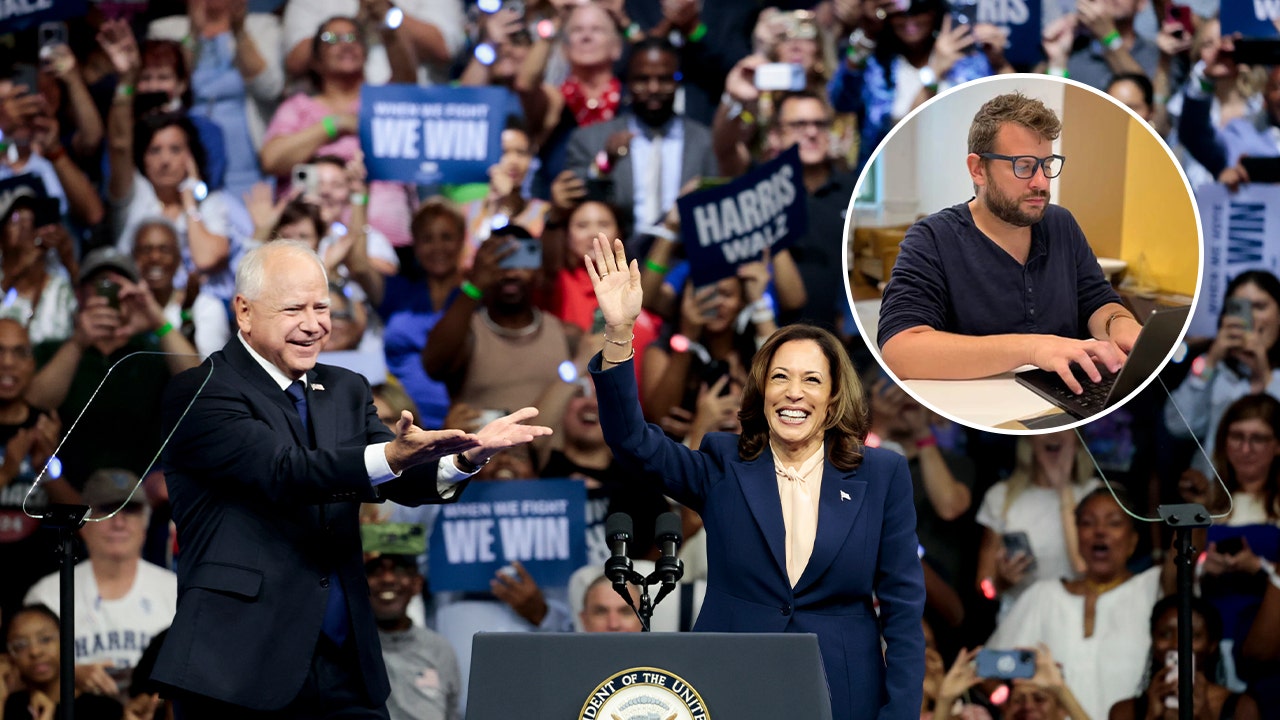Fifty-six years to the day that police in riot gear first swept through the campus of Columbia University to clear buildings that had been taken over by protesters, hundreds of officers stormed into Hamilton Hall and put an end to the occupation over the war in Gaza. Of the 109 people arrested this time, most were students; though Mayor Eric Adams claimed others were “outside agitators” who he believed were dangerously “radicalizing our children,” a characterization that fell awkwardly between forgiveness and condescension.
Protest in the name of the marginalized tends to land on the right side of history, no matter how misunderstood the particular cause or grievance might be in the present. A Gallup poll conducted in 1963, for example, found that 60 percent of respondents had an unfavorable view of the March on Washington, assuming it would lead to violence and achieve nothing. Two years later, a plurality of Americans held the view that so-called outside agitators — in this instance, Communists — were behind the civil rights movement.
Yet even with this kind of hindsight and understanding, it is natural to want to create a scorecard amid the smoke and fire of the moment. If we think of attention as a prevailing measure of success, then the Columbia protests, inspiring so many others and consuming global headlines, have been triumphant. Still, at the same time, the protesters have seen their demands go unmet — Columbia is not divesting from companies profiting from the Israeli occupation — the campus has been closed off to most people, classes and final exams switched to remote and students have been threatened with expulsion. Beyond that, anyone who chooses to remain in Morningside Heights for the next few weeks will not be rid of the police, because university administrators, who oversee a $14 billion endowment, have asked the Police Department to stay on campus through mid-May, at taxpayers’ expense.
There is a point in any movement in which publicity can begin to obscure purpose. “I see very little talk this week about what is happening to Palestinians in Gaza,” Peter Staley, the celebrated AIDS activist, told me. He recalled a major ACT UP demonstration in December 1989 at St. Patrick’s Cathedral that is still debated among participants. The idea was to disrupt a Mass offered by Cardinal John O’Connor to condemn the church’s stance on condoms. Hundreds of protesters invaded the church. In what became one of the most widely criticized gestures, angering leaders across the political continuum, someone went up to receive communion, crumbled the eucharist and told the cardinal that “opposing safe sex is murder.” Mr. Staley has long since considered the extremism of the whole affair a mistake.
“The tactics start to become the story and crowd out the issue, and then the movement has to look at what it is doing and not get its back up,” he said. “As soon as I saw a student hammering through glass panes at Hamilton Hall leading the news, I knew the game was up.”
Taken in the aggregate, the campus protests across the country suggest certain institutional failings, long in the making — the trouble colleges and universities have had both modeling and inculcating values that are meant to be fundamental to the mission. If a primary purpose of the elite undergraduate experience is to gain the ability to brilliantly persuade, to develop strong, complex arguments built on evidence and rigorous inquiry, then the protests provide another vantage on the way the project of higher education has come up short. The demands of the protesters can seem vague, the broader implications of divestment not especially thought through, ideas about the future of Israel unclear.
There are echoes in the current movement of Occupy Wall Street, which was driven by a similar sense that there was something terribly wrong in the world — an injustice at the heart of capitalism — but no clear sense of what ought to be done about it. Observing the current protests as a student at Brown, Cecilia Barron wrote in The Point, a journal of political and cultural criticism: “At times the camp seemed held together by the thinnest thread of sense. But maybe that was the point.” As a friend told her, “‘The problem is that we know nothing.’ Or, he corrected, ‘We don’t know anything except: bad.’ The badness of the world seemed to sustain the group for the night.”
As it happened, the outcome at Brown stood in sharp contrast to the result at Columbia, where a small group of academic leaders met with student representatives over several days to no avail. On April 29, the university’s beleaguered president, Nemat Shafik, wrote a letter to the community explaining that the university would not divest from Israel but instead had “offered to develop an expedited timeline for review of new proposals from the students by the Advisory Committee for Socially Responsible Investing.” Before the police swept the campus, Stacy Lynch, Gov. Kathy Hochul’s chief of staff, and the Rev. Mark Thompson, an activist and minister, came in to try to resolve things.
“There was an opening to avoid the raid,” Mr. Thompson told me. But it was too late. “We weren’t there in the 11th hour; we were there in the 59th minute.”
While tents were dismantled by force at Columbia, at Brown they were removed by students with whom the administration had successfully engaged in debate and collaboration. On Tuesday, the university agreed to let them formally advocate for their cause, to present their reasoning in favor of divestment before trustees later this month, after which a vote on whether the university would sever financial ties to Israeli interests would be taken next fall. There is plenty of reason to doubt that the corporation, the school’s highest governing body, will actually vote in the way activists would like. At the very least, the students will have every opportunity to mount their strongest arguments.






